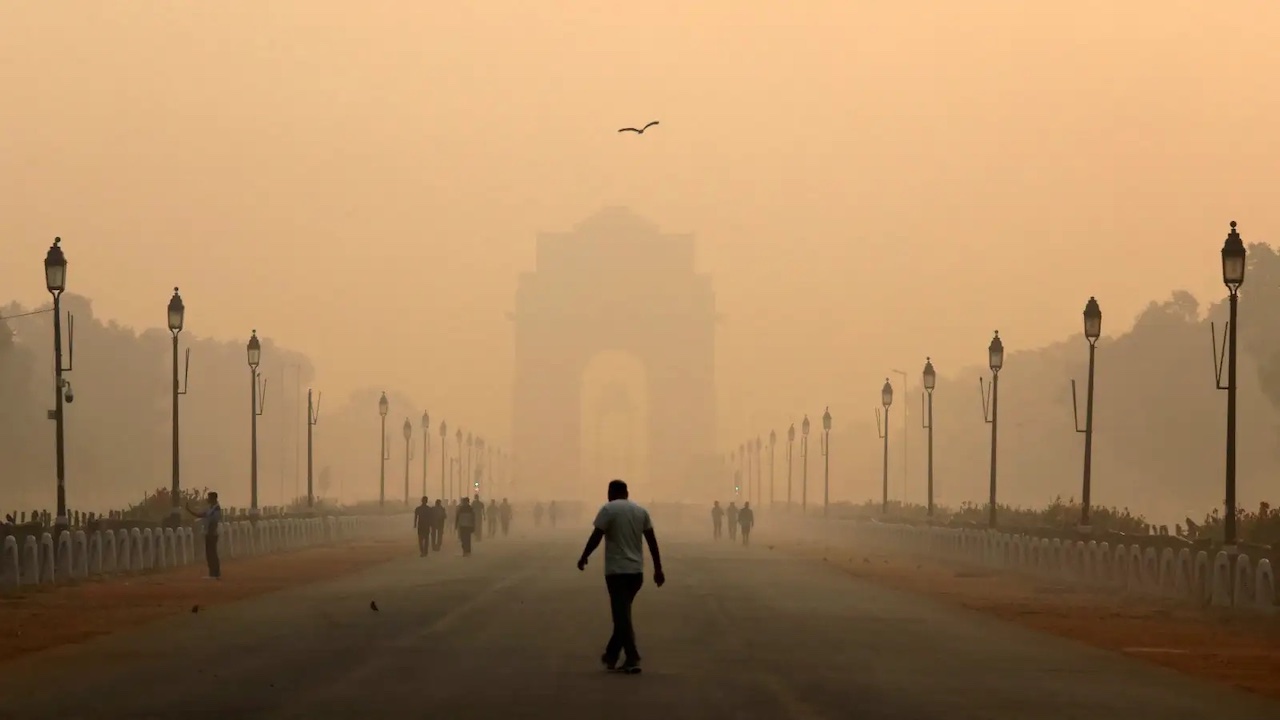The Environment Minister of the Government of Delhi, Shri Gopal Rai, has made an announcement revealing plans to combat the air pollution crisis this year with artificial rain. Delhi suffers from extreme air pollution during the winter months, as cold air traps dust, vehicle emissions, and smoke from the stubble burning practice occurring in the states of Punjab and Haryana. This creates a toxic haze in the capital region, which spikes respiratory illnesses.
Tackling Air Pollution by Cloud Seeding
Cloud seeding is a weather modification technique which is aimed at inducing rainfall in a particular region artificially. This is achieved by dispersing substances like silver iodide or salt into the clouds, which in turn, helps in formation of water droplets. This process can help cause rainfall or snowfall in areas that face severe droughts or clear pollution from the air by washing it away from the atmosphere.
Cloud-seeding as a technique to clear Delhi’s Air Pollution was considered last year. However, it was not implemented due to adverse weather conditions. This year, the Delhi’s air quality index (AQI) has reached close to 400. This is extremely dangerous to the public health and well-being. To tackle this, Minister Rai has urged the federal environment minister to expedite the artificial rain process, calling the next 10 days “critical.”
Respiratory Illnesses in Delhi
India just celebrated Diwali wherein the citizens light fire-crackers as part of celebrations. In its wake, the hospitals in the national capital reported a surge in respiratory cases as many people suffered from respiratory issues caused by inhalation of toxic fumes released by crackers. Dr. Prashant Saxena of Fortis Hospital stated that there was a 20-30 per cent rise in patients with asthma, chronic obstructive pulmonary disease (COPD), and bronchitis. C K Birla Hospital in Gurugram also saw over 50 pulmonary patients daily, with some requiring hospitalisation.
According to the University of Chicago’s Energy Policy Institute, such rapid increase in pollution could reduce the life expectancy of South Asian people by more than five years. For many years, Delhi was known to be the most polluted city in the world. This year, while this title has been taken away by Lahore in Pakistan, Delhi still is ranked second in the list.


